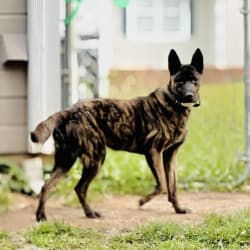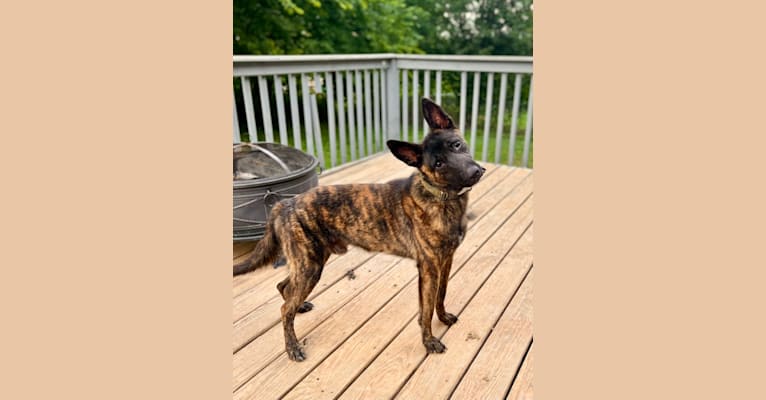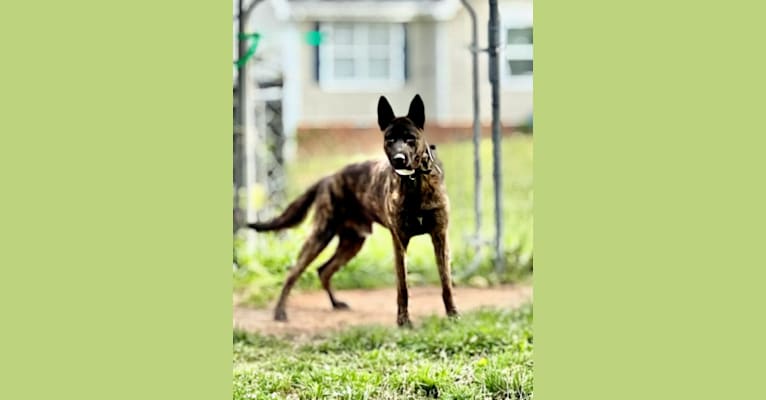No Dogs Available
It looks like you don’t have any dogs on your account yet. Activate a kit now!
“Imported Dutch Shepherd”
Place of Birth
Slovakia
Current Location
Fort Oglethorpe, Georgia, USA
From
Carrsville, Virginia, USA
This dog has been viewed and been given 0 wags
Registration
N/A
:
Start a conversation! Message this dog’s owner.
Explore
Health Summary
Good news!
Hime is not at increased risk for the genetic health conditions that Embark tests.
Breed-Relevant Genetic Conditions
Von Willebrand Disease Type I, Type I vWD (VWF)
Identified in Dutch Shepherds
Variant not detected
Mucopolysaccharidosis Type VII, Sly Syndrome, MPS VII (GUSB Exon 3, German Shepherd Variant)
Identified in Dutch Shepherds
Variant not detected
Spongy Degeneration with Cerebellar Ataxia 1 (KCNJ10)
Identified in Dutch Shepherds
Variant not detected
Spongy Degeneration with Cerebellar Ataxia 2 (ATP1B2)
Identified in Dutch Shepherds
Variant not detected
Inflammatory Myopathy (SLC25A12)
Identified in Dutch Shepherds
Variant not detected
Additional Genetic Conditions
Explore
What is a linkage test?
DNA sequences that are close together on a chromosome tend to be inherited together. Because of this, we can use genetic variation surrounding a specific variant (i.e. "linked" to it) to infer the presence or absence of a variant that is associated with a health condition or trait.
Linkage tests are not as predictive of your dog’s true genotype as direct assays, which we use on most other genetic conditions we test for.
Traits
Explore the genetics behind your dog’s appearance and size.
No Result
For every test, we run multiple assays to ensure the accuracy of the results we deliver. For your dog, one or more of these produced inconclusive or low confident results. Therefore, we are not able to provide you with a result at this time.
Coat Color
No Result
For every test, we run multiple assays to ensure the accuracy of the results we deliver. For your dog, one or more of these produced inconclusive or low confident results. Therefore, we are not able to provide you with a result at this time.
Other Coat Traits
No Result
For every test, we run multiple assays to ensure the accuracy of the results we deliver. For your dog, one or more of these produced inconclusive or low confident results. Therefore, we are not able to provide you with a result at this time.
Other Body Features
No Result
For every test, we run multiple assays to ensure the accuracy of the results we deliver. For your dog, one or more of these produced inconclusive or low confident results. Therefore, we are not able to provide you with a result at this time.
Body Size
No Result
For every test, we run multiple assays to ensure the accuracy of the results we deliver. For your dog, one or more of these produced inconclusive or low confident results. Therefore, we are not able to provide you with a result at this time.

















